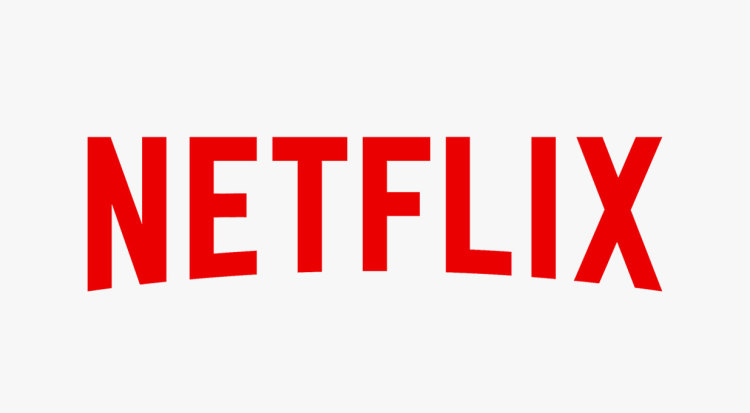Netflix added 9.3mn subscribers in the first quarter, which was much better than expected and compares to 1.8mn additions in the same quarter last year. Membership for the smaller ad-supported tier rose 65% quarter-on-quarter. Overall revenue was up 18.0% to $9.4bn ignoring exchange rate impacts, which was also better than expected.
Operating profit was 54% higher at $2.6bn, thanks to the higher revenue and timing of content spending. The group spent $3.7bn on content in the quarter, and free cash flow was $2.1bn in the period. Including money owed for content, Netflix had net debt of $11.4bn.
Full-year revenue is expected to grow between 13-15%. Underlying operating margin guidance has been upgraded slightly from 24% to 25%.
Looking ahead, Netflix has said it will no longer report quarterly membership figures.
Our view
Netflix’s subscriber growth has shot the lights out once more. This comes despite stiff competition from rivals and sticky inflationary pressures on consumers. The bigger question now will be how Netflix continues to keep customer loyalty high, when rivals catch up with their own cheaper plans.
Netflix's ability to reduce churn (customers flipflopping to rivals) is firmly rooted in its best-in-class original content. While it's expensive to make, it does keep eyeballs on screens in a bigger way. That's partly why Netflix spends about $17bn a year on content in normal times.
And keeping eyes glued to the Netflix app is front of mind in the inflationary environment, which is why the ad-supported tier was born. Initial progress seems positive, but we are realms away from knowing for sure if this venture is the cash cow it's been sold as. Netflix needs to squeeze as much juice as it can from different avenues, given a recent lack of price increases could suggest that inflation is starting to bite Netflix's ability to crank up its subscription price.
The group also has a market-leading international production and distribution network. Doing localised content right isn't easy and Netflix has an enviable footprint here. This is important because longer-term subscriber growth will need to come from emerging markets.
Looking nearer-term, Netflix faces challenges of the economic variety in its core markets like the US and UK. As people dial down spending in the wake of inflation, the risk from fever-pitch competition has increased. While cheaper plan options will help mitigate this, Netflix can't take its foot off the gas.
The market has been spooked at plans to stop reporting quarterly membership numbers. But we view this as an overreaction. The group is ultimately making good progress on its pivot towards becoming a broad-based revenue growth business, rather than simply a subscriber growth company. Maintaining that will involve harnessing its treasure trove of customer data, which is another exciting string to Netflix’s bow.
The balance sheet, although carrying a fair whack of debt, isn't in bad health. That said, investors shouldn't be holding their breath for dividends any time soon. The priority now is investing in the business and content for growth.
Netflix is a market leader, and there are plenty of moving parts these days which could add up to longer-term growth. We don’t view the valuation as too demanding either. But there are competitive risks that will need to be monitored and we can’t rule out ups and downs.
Netflix key facts
This article is not advice or a recommendation to buy, sell or hold any investment.No view is given on the present or future value or price of any investment, and investors should form their own view on any proposed investment.This article has not been prepared in accordance with legal requirements designed to promote the independence of investment research and is considered a marketing communication.Non - independent research is not subject to FCA rules prohibiting dealing ahead of research, however HL has put controls in place(including dealing restrictions, physical and information barriers) to manage potential conflicts of interest presented by such dealing.Please see our full non - independent research disclosure for more information.








